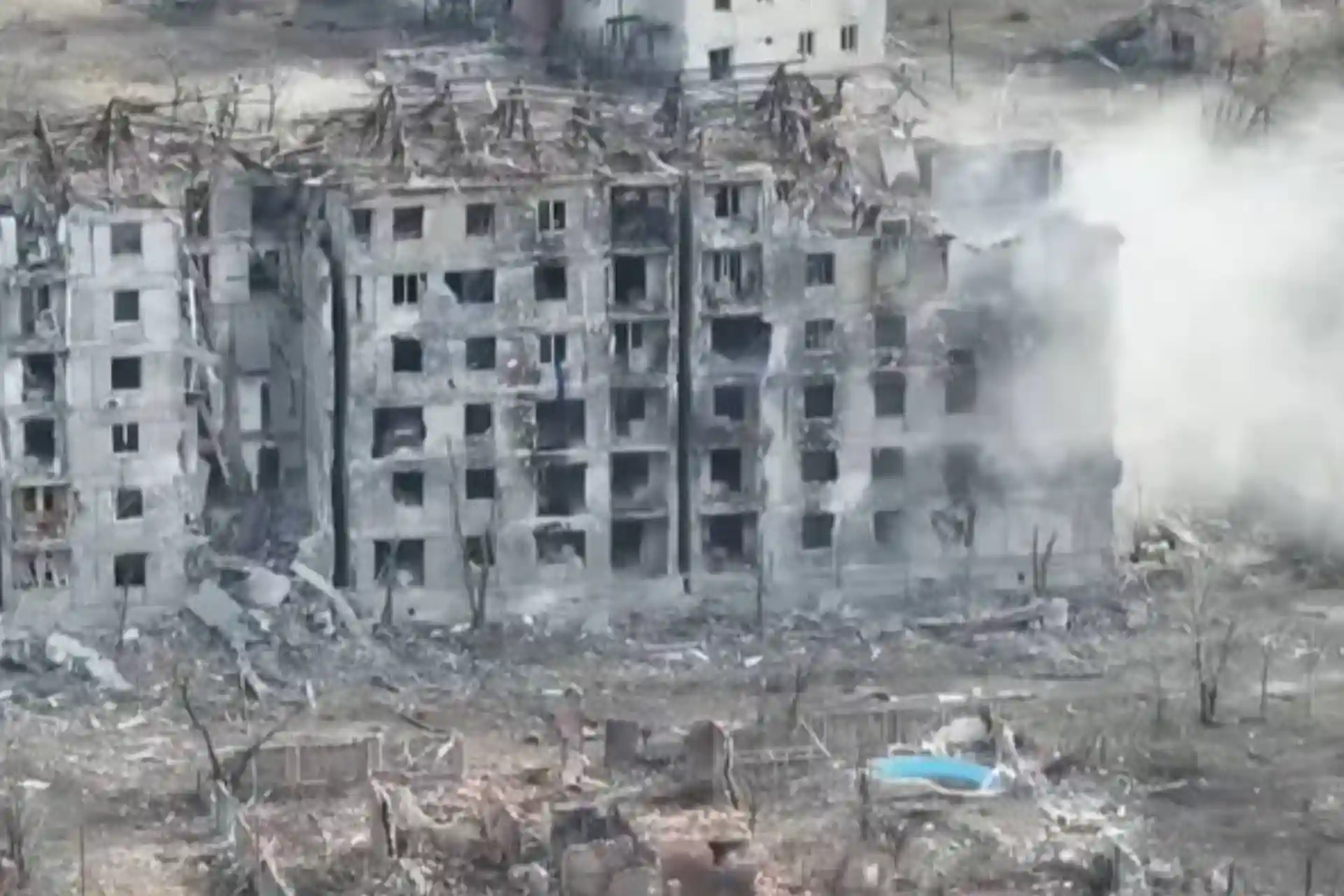IMF: The war in Ukraine may last until 2026
The International Monetary Fund (IMF) revised its forecast regarding the duration of the Russia-Ukraine conflict. Current the base ts ts enary shows that the fighting may continue until the end of 2025, and the negative ts ts enary until the middle of 2026. At the moment, most analysts predict that the conflict may end next year due to the change of administration in the White House .
The IMF also warns of risks related to Ukraine's energy security and declining Western leverage . The ongoing conflict is forcing the Ukrainian government to increase defense spending, making economic recovery more difficult, according to the fund's forecasts.
Earlier, the Ukrainian authorities reported that more than 70 percent of all power plants in the country were damaged or out of order due to Russian airstrikes. Times The publication admitted that the energy crisis could force the Ukrainian government to reach an agreement with Moscow.
According to the IMF, the labor shortage will also have serious consequences for the Ukrainian economy - reports that this was caused by the mobilization and mass movement of people from east to west, as well as their departure abroad. According to the fund, more than 10.3 million people (out of Ukraine's population of 31 million) have been displaced, and a fifth of the population is facing food insecurity.
Ukraine's debts are also growing: the ratio of public debt to Ukraine's GDP is expected to exceed 100 percent in 2024 and nearly 300 percent by 2029, according to the institution's forecasts.
The IMF urged Kiev to support the proposed tax measures as part of the bailout program and recommended that G7 countries provide $50 billion in multi-year financing to Ukrainians through emergency loans.
The government of Ukraine has already submitted to the Verkhovna Rada the budget for 2025, which envisages a deficit (deficit) of 1.6 trillion hryvnias ($38.68 billion), as well as lowering the national currency rate to 45 hryvnias per dollar. A law to increase the military tax from 1.5 percent to 5 percent was also passed.



